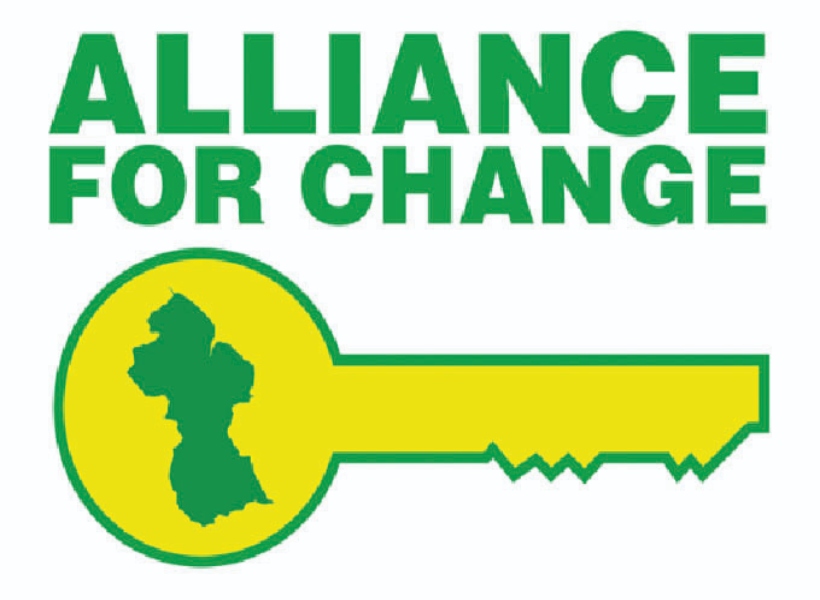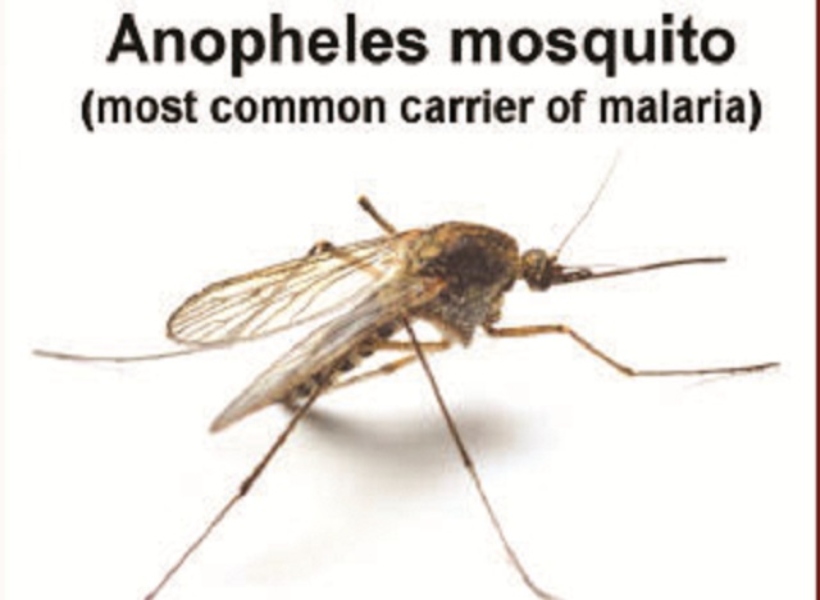Guyana is among several countries where there is reported increased malaria transmission. This is according to a recent report from the Pan-American Health Organisation/World Health Organisation (PAHO/WHO).
In Guyana, the number of cases reported in 2019 nationally as of epidemiological week (EW) 39 of 2019 represents a slight increase of 1% compared with the same period in 2018. In contrast, Regions 7 (Cuyuni/Mazaruni) and 8 (Potaro/Siparuni) reported increases of 51% and 23 %, respectively.
The health organization reported that between 2005 and 2014, there was an overall decreasing trend in the number of cases of malaria in the Region of the Americas; however, since 2015, there has been an increase in the number of malaria cases reported. This overall increase is due to the increase in cases over the last three years in the Bolivarian Republic of Venezuela along with increased transmission in endemic areas of countries such as Brazil, Colombia, Guyana, Nicaragua, and Panama, as well as outbreaks in countries that were moving towards elimination (Costa Rica, the Dominican Republic, and Ecuador).
In Suriname, there were 113 malaria cases reported in 2019 as of EW 44 of 2019, including 35 autochthonous cases, compared to 197 cases, including 26 autochthonous cases, reported during the same period in 2018.
In Venezuela, between EW 1 and EW 41 of 2019, a total of 323,392 malaria cases were reported, representing a slight decrease (1.5%) compared to the same period in 2018 (328,373 cases). In contrast, in 2017, there were 321,358 cases reported during the same period.









